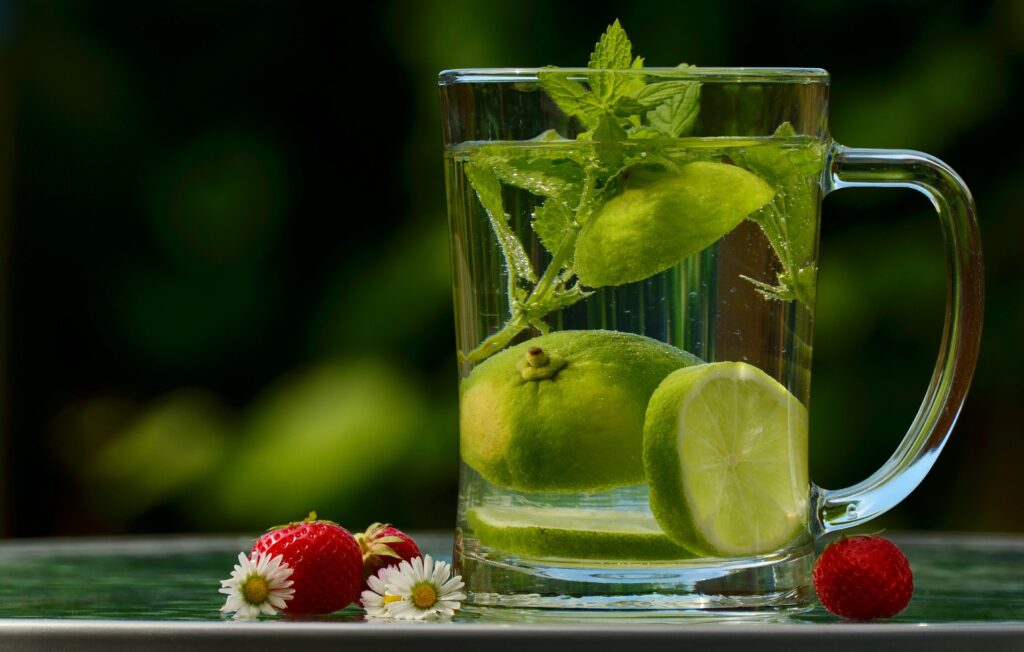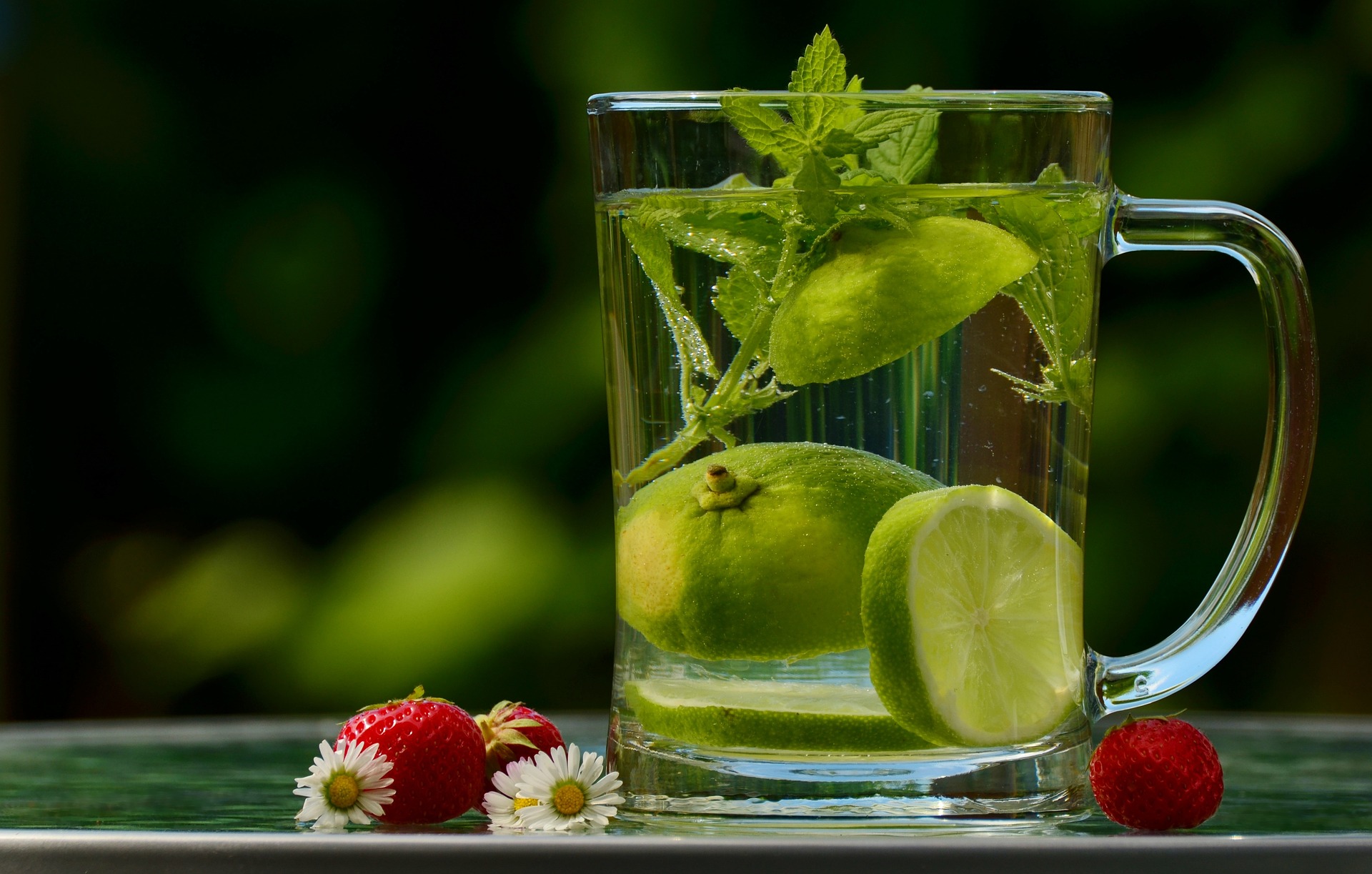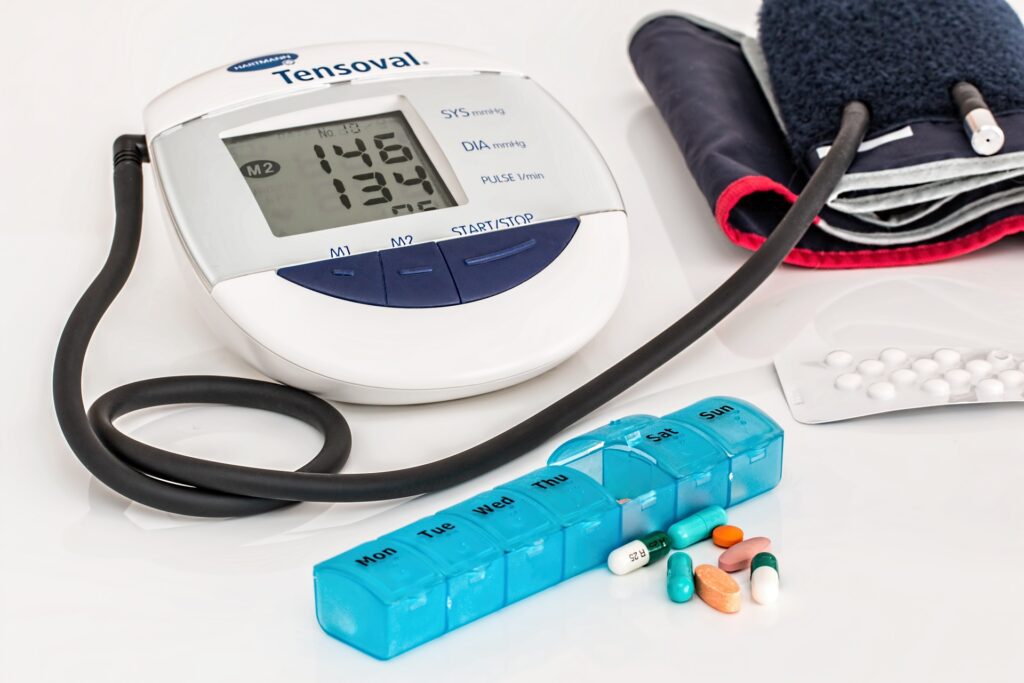
I was recently sent a message regarding this tea recipe, and it read something along the lines of, “Oh look, ANOTHER post touting a herb or technique that aids detox! You appear to have a bit of an obsession.”
To put it simply, yes, but also no. Although I put a lot of emphasis on detox, I recognize that obsessions are typically driven by illogical beliefs, whereas the prioritization of detox support is not illogical at all.
Even though I’ve been manufacturing my own cleaning supplies and personal care products for more than a decade, I can’t say that my life can be described as spotless.
For instance, my grass-fed meat comes in plastic packaging, and the house I live in is still emitting formaldehyde and other volatile organic compounds (VOCs) from the building materials (here are some of the ways I’m working to mitigate this problem).
Oh, and while I was staying in a vacation rental a few years back, I was subjected to stachybotrys chartarum, which is more popularly referred to as toxic black mold. Due to the severity of the symptoms, I found that I needed to collaborate closely with a physician specializing in functional medicine in order to purge the substance from my body.
However, the accumulation of chemical burden in the body is not only a concern for people who have a single primary route of exposure, like I do. We are all continually subjected to environmental toxins, which can silently build up over the course of years, clogging up the thyroid hormone receptors in our bodies (which can result in a reduction in function) and/or affecting us in an infinite number of other ways.
Because it is physically impossible to exist on earth without being exposed to toxins, we had better learn to live with them by improving the pathways and processes that are involved in our detoxification systems.
Now, I want to make this perfectly obvious. Toxins are not something that I let dictate how I live my life, and I strongly suggest that you do the same. I do, however, have an informed understanding of them and a proactive attitude to tackling them as a result of my education.
Keeping this in mind, the following are some natural strategies to improve our capacity to deal with the poisons we are exposed to on a daily basis.
This post is not intended to be taken as medical advice, nor is it designed to diagnose or treat any condition, and none of these claims have been evaluated by the Food and Drug Administration (FDA). As always, I want to be sure to note that. Please have a conversation with your healthcare practitioner about the detox assistance method that will work best for you. Let’s get down to business now that that’s out of the way. Let’s not waste any more time.
1. Reduce Toxic Load

The best way to support these mechanisms and ensure that they continue to function properly is to reduce the amount of work they have to do as much as you possibly can. Our bodies have several mechanisms that help us eliminate metabolic waste along with the toxins that we are exposed to on a daily basis.
Reducing one’s exposure to toxins as much as possible is, of course, the most effective method for achieving this goal. The following are some of the ways that can be done:
- Consume foods that are whole and unprocessed (organically grown if possible). The following are some suggestions for lowering the cost of eating a nutritious diet.
- Your food should be stored in non-toxic containers. These glass containers and these reusable storage bags are some of my favorites.
- Avoid using teflon and aluminum in your cookware and bakeware by using safe alternatives instead. Opt for materials like stainless steel or glass instead.
- Consume sugar and alcohol in moderation Research has discovered that consuming modest amounts of alcohol can have favorable effects, but consuming too much alcohol can put stress on one of our key organs responsible for detox, which is the liver. In addition, the use of excessive amounts of sugar, particularly fructose, has been shown to have a detrimental impact on liver health.
- Make sure that the personal care products you use are non-toxic. I have compiled a large number of recipes specifically for you, and many of the articles offer product recommendations for individuals who would rather consume healthy options that are already prepared.
- Products for cleaning that are non-toxic should be used. You will discover the recipes that have been tested and approved by me here. In the instances when it was feasible to do so, I’ve provided additional recommendations for ready-made products within each post.
- Make an investment in a high-quality water filter. There are some countertop solutions that are very effective and reasonable; in addition, there are systems that can be installed under the sink and in the entire house. Here is a guide to help you select the organizational structure that best suits your needs.
- Invest in a filter for your shower – When we take a shower, particularly in water that is warm or hot, certain chemicals, including as chlorine, chloramine, and chloroform, have a tendency to vaporize quicker than the water itself. This creates an environment that is rich in concentrated VOC gases, which we then take in through our lungs. Here are some viable alternatives for your consideration.
- Pay attention to the air quality; invest in a quality air purifier and make it a habit to periodically replace the filters in your home’s heating and cooling systems. Carbon monoxide detectors should be installed in your home, and radon testing should be done if necessary. The following are some additional strategies for bettering the air quality indoors.
2. Encourage the Use of Open detox Methods

Just picture a river that has a log jam at the very bottom of it. If there is a log jam at the top of the river and you have a large number of logs that need to be moved down the river, you should clear the log jam before you begin moving the logs, right?
Once toxins are within our bodies, they have two options: they can either build up over time, a process that is known in the scientific community as bioaccumulation, or they can be flushed out in the following ways:
- Sweat
- Breath
- Urine
- Poop (yeah I said it!)
3. Involve the Security Guards and Doormen
To start, churning up a lot of toxins and letting them make their way through your body is not an effective strategy. — Joseph Pizzorno, ND
When I first started doing research on detoxification, one thing that struck me was that practitioners typically advised beginning with the third and final phase of detoxification, which is Phase 3, and then working backwards toward the first and second phases.

This is due to the fact that Phase 3 focuses entirely on eliminating toxins so that they are not reabsorbed by the body.
With this in mind, allow me to introduce you to the bouncers who show toxins the exit:
- Fiber
- Probiotic bacteria
- Water
How to do it:
- The insoluble fiber attaches to the bile, which then transports the toxins out of the body through the colon.
- The same can be said for water through pee.
- As toxic substances move through the digestive tract, good bacteria compete with harmful germs that attempt to undo the detoxification job done by the liver.
Because of this, Joseph Pizzorno, ND, founding president of Bastyr University and co-author of various medical texts including Clinical Environmental Medicine, writes that detox must always begin “with the stomach and the digestive tract.”
4. Prepare Your Body’s Internal detox Kit

To digest and get rid of hazardous pollutants like heavy metals, pesticides, volatile organic compounds, and “forever chemicals” like PFAS, our bodies require a lot of nutrients. And by a lot, I mean A LOT of nutrients.
Because of this, we need to make sure that we regularly replenish our supplies with foods and herbs that will help our body in its efforts.
The following are examples of additional foods that are very useful in stimulating Phase 1 and Phase 2 detox enzymes:
- foods that are high in protein (meat, fish, eggs, and dairy products)
- B vitamins can be found in a variety of foods, including meat, particularly liver and other organ meats, eggs, leafy greens, bee pollen, salmon, oysters/clams/mussels, sunflower seeds, and eggs, amongst other foods.
- Vegetables belonging to the allium and brassica families (cabbage, broccoli, broccoli sprouts, cauliflower, onion, garlic, etc.)
- fruits and vegetables that are high in vitamin C. (peppers, cabbage, citrus fruits, baobab powder, but not necessarily grapefruit, which slows down phase 1 of liver detox)
- foods that are high in limonene (especially citrus peels)
- Foods and herbs that are strong in antioxidants (milk thistle, turmeric, green tea, beets, artichoke leaf)
- Herbs and foods that provide high concentrations of a wide variety of beneficial minerals (oatstraw or nettle tea, for example).
- Glycine (found in collagen powder, turkey, seaweed, etc) (found in collagen powder, turkey, seaweed, etc.)
- foods that are high in protein (meat, fish, eggs, and dairy products)
- foods that are high in choline (eggs, caviar, liver and other organ meats)
- Folate (green leafy vegetables, liver, beans, sunflower seeds, etc) (green leafy vegetables, liver, beans, sunflower seeds, etc.)
- Foods that have a lot of cysteine (meat, lentils, yogurt, cheese, eggs, sunflower seeds, other nuts and seeds, etc.)
5. Get some exercise and/or sweat
Compounds such as xenobiotics (BPA, PCB’s, phthalates, DDT metabolites, dioxin, etc.) and heavy metals such as arsenic, cadmium, lead, and mercury can be expelled from the body through perspiration.

To work up a good sweat, you can try either working up a sweat through physical activity or by sitting in a sauna.
In point of fact, sauna therapy has been utilized to help assist detoxification in law enforcement personnel after they have been exposed to chemicals used in the production of meth on the job.
Walking, rebounding, yoga, and dry skin brushing are all examples of gentle movements that encourage lymph flow, which in turn assists with detoxification.



